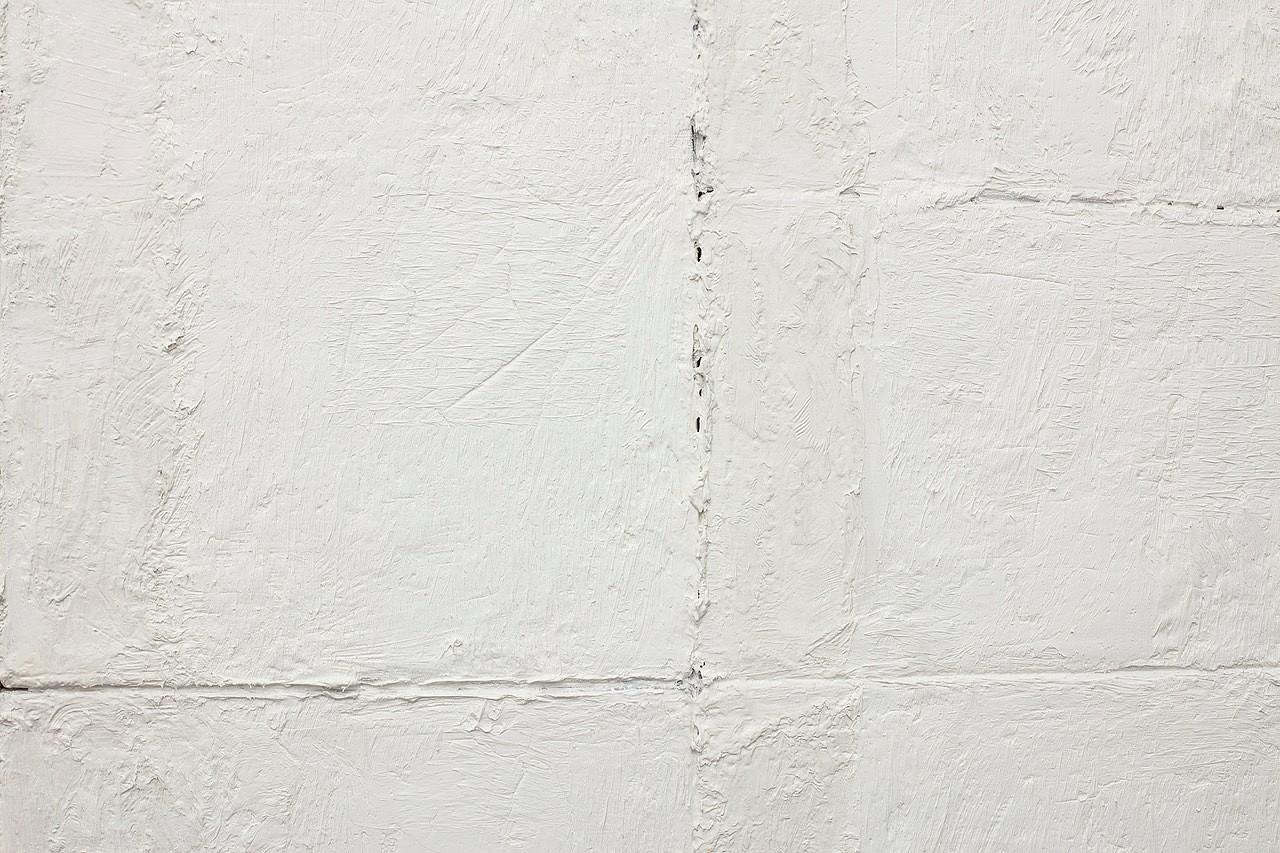PRESS RELEASE

@CIRCA - RICKY BURNETT AND IAN REDELINGHUYS: VIS-A-VIS
Oct 1 – Nov 3, 2018
RICKY BURNETT AND IAN REDELINGHUYS
vis–a–vis
CIRCA GALLERY
11 OCTOBER – 4 NOVEMBER
Text by Ivor Powell:
NOUS
Though in different ways, Ricky Burnett and Ian Redelinghuys are linked by their engagement with art as an essentially mystic and spiritual set of practices, aimed at attaining to levels of experience beyond the limits of the mundane.
For Redelinghuys the particular references are to the cannons and the devotional expressions of post-Renaissance European Christianity in a broadly Neo-Platonic aspect; at the cusp, that is to say, between the humanist rationalism of the Classsical tradition, and the hieratic tropes and dogmas of the Church. But, though the substrata of meaning – as well as much of the subject matter – in Redelinghuys’ work are avowedly backward-looking, the sculptural languages in which he operates are emphatically modernist and post-modernist in character. Modernist in the exquisitely abstract forms, spaces and geometries accessing the pure and numinous zone of Plato’s Ideas, all gleaming bronze and precision; Post-Modern in playing against the integrity (by modernist lights) of his sculptural medium in generating faux-wood finishes, botanically detailed thorn forms, or textured renderings of soft cloth in the hardest of metal. It is especially in the dialogue between these stylistic poles that Redelinghuys is able to connect and to bring into alignment the mundane and earthbound world of sensory experience (the world of the Cave in Plato’s parable) and the metaphysical zone of the philosopher’s Idea. And in the process, he precipites what he describes as an “occasional ‘fracture’ between our world on the one hand and that of the spiritual on the other”.
By contrast with the mysteries of High Christian scholasticism, Ricky Burnett’s immediate philosophical references are more secular - though hardly less monastic or rigorous in the strictures they impose. Burnett takes as his starting point an Abstract Expressionist position, a la Clement Greenberg, in which the art resides directly in the confrontation of the artist with the specificities of material and medium at the particular moment in history, and not so much in qualities like depiction, reference, etc. That is to say the painting becomes the record of an encounter, by the artist, with the stuff of experience.
In this frame, Burnett has gone further. In the current cycle of white paintings, his encounter is not so much with the empty canvas as with the paint medium itself. Here, notionally, is the rider: paint in the context of art is not merely a functional substance, it is also a repository for the ideas and the images and the spiritual life invested by western civilisation in its agency. It has, so to speak, a life of its own.
One might call paint in this register a medium with memory. It is especially this level of memory - the life of paint, which is a life across time – that concerns Burnett in the current cycle of work; and has done, overtly, at least since he made versions of Goya’s Black Paintings in which the Spanish painter’s images were painted over with an impasto that somehow still invoked the moods and rhythms of the originals. In the current works Burnett – in seeking as he puts it, “presence in absence and absence in presence” – uses, even more austerely, painterly means to bring his surfaces to life: smudgings painted over, the faintest pentimenti, cuts with a palette knife, dottings of off-white on white, the unruliness of squeezed wet paint now dried into irregularities of edge…
Opening up different levels of affect and of relation with the artwork and the medium – a different seeding of the numinous as embodied in the manifest or mundane.
This exhibition will run from the 11th of October until the 4th of November 2018.
For more information please contact grace@everard.co.za



